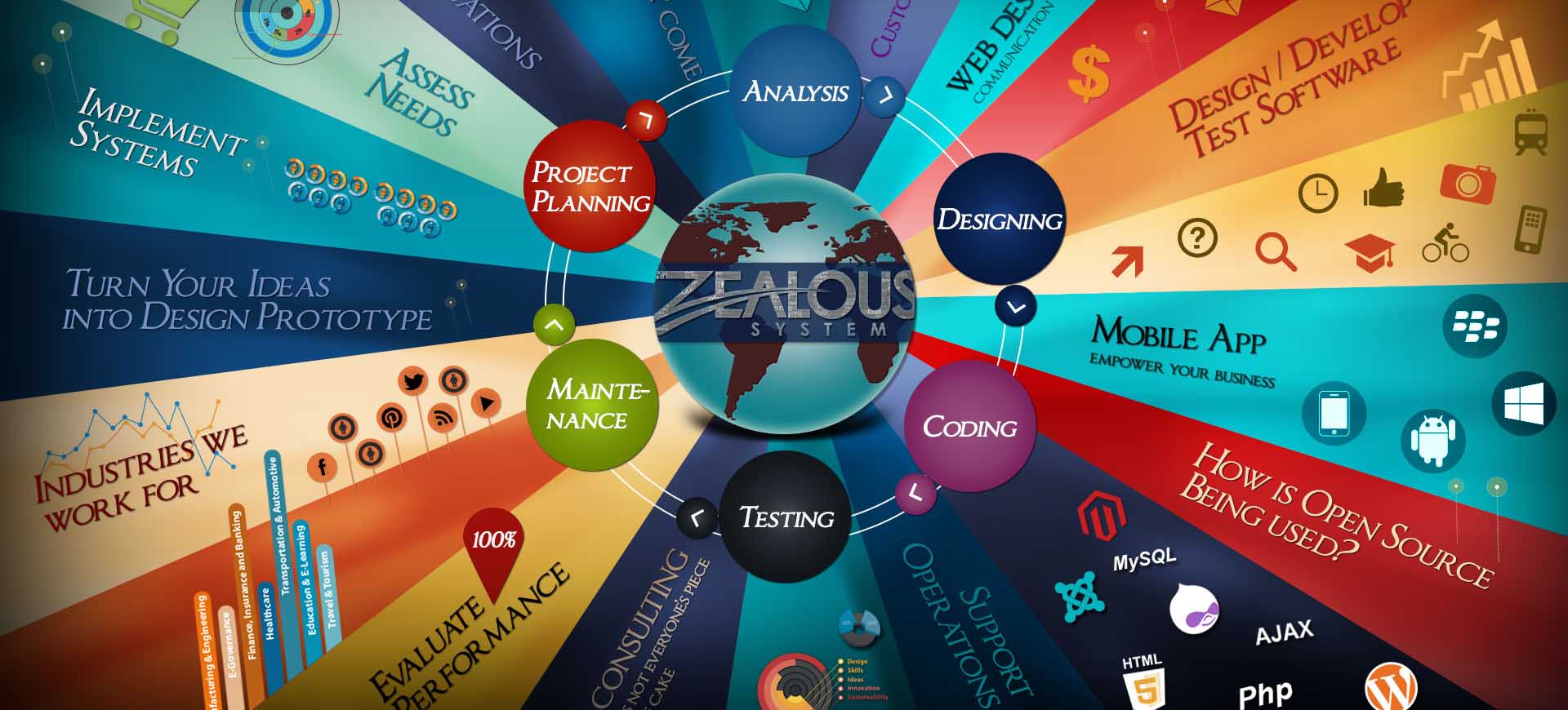IMAGES SUPPORTED BY GOOGLE
[space space_height=”40″]
5. FINALIZATION
 Silimar to a puzzle game, when we have collected all the pieces, it’s time to assemble them together to finalize the work. But again, just like a puzzle game, every piece has its own shape, so that we can’t force them together however we want.
Silimar to a puzzle game, when we have collected all the pieces, it’s time to assemble them together to finalize the work. But again, just like a puzzle game, every piece has its own shape, so that we can’t force them together however we want.
In order to complete this puzzle, we have to fix a lot of stuffs to make everything become one – and in this case, the “pieces” are the final result of every task: graphics, levels, codes…
Of course, when everything was done in individual manner, the unfitting could be expected – and if this is the problem, we have to keep only the main structure, while every other stuff has to be fixed, or even removed somehow.
They could be the overload of size, the conflicting of codes, the lack of time… but however the reason, the fact that a finalized work is different from its earlier intetion is clearly acceptable.
6. TESTING & DEBUGGING
 When you have a completed produce, it doesn’t mean that you could sell it right away on the market – just like after finishing a dishes, the first one to taste must be the cook himself. Because even if the dishes look tasty and nice, it doesn’t mean there aren’t problems within: poison, allergy, foreign objects…
When you have a completed produce, it doesn’t mean that you could sell it right away on the market – just like after finishing a dishes, the first one to taste must be the cook himself. Because even if the dishes look tasty and nice, it doesn’t mean there aren’t problems within: poison, allergy, foreign objects…
The same could be applied for a game, and since it was assembled from different divisions, the rate to have bugs and errors are extremely high. Even something was made entirely by an automatically computing process couldn’t be sure to be perfect, not to mention about something man-made.
If time and fund allow, they can even hire specialists called gametesters to do that task, in order to find the bugs and to collect opinions.
And when they’ve collected a fine number of problems, they will re-open the game and fix them by the core – it takes months to find out the bugs but only hours to fix. After this phase, a gaming product is ready to sale (but there’s nothing to ensure that it’s been got rid of bugs completely).

7. MARKETING & PUBLISHING
When we have something to sell, advertisement is a must to make it popular. No matter how good your product is, it still means nothing if there’s no one knows about it. Fortunately, in gaming industry – where most of stuffs are digital – advertising something is much easier than physical products.
Ever since your game was under half-way developement, you can spread the news including its concept arts on forums and social networls for free. If your stuff is good, then you don’t even have to worry about the fund – because there’re always wise guys out there who would want to invest to your project.
Finally, you have to decide on the method to sell your game: lifetime sale with a high price – or publish it as Free-To-Play and gain profit via In-App Purchase like Cash Shop or attaching advertisments.
8. MAINTENANCE & CUSTOMER SERVICES
 And the question here is what to do when we’ve already had our game on sale, relax and collect money? Not at all. Just like other lines of business, the customers care the most about the after-services, as well as the customcare quality. As we knew already: there’s nothing to guarantee that your product is 100% error-free, and what will happen if a customer accidentally bought a game with tons of bugs and you, the developer, completely ignore them?
And the question here is what to do when we’ve already had our game on sale, relax and collect money? Not at all. Just like other lines of business, the customers care the most about the after-services, as well as the customcare quality. As we knew already: there’s nothing to guarantee that your product is 100% error-free, and what will happen if a customer accidentally bought a game with tons of bugs and you, the developer, completely ignore them?
The developer still has to continue to supervise their product and issue patches/ updates to improve the game. A successful mobile game must have a life circle of at least 5 years before its popularity drops by half – and 3 more years to be completely forgotten.
And finally, what to do, you ask? Well, prepare for another project by repeating step 1 – 8 again, because we can’t just sit on our success and dreaming all day about glory of the past. Even if it wasn’t a success, it’s still a valueable reward since the effort itself already yielded things that we didn’t know before. Success is built upon a piles of failures, and what matters is what we do after a failure – not to repeat it again, no?





